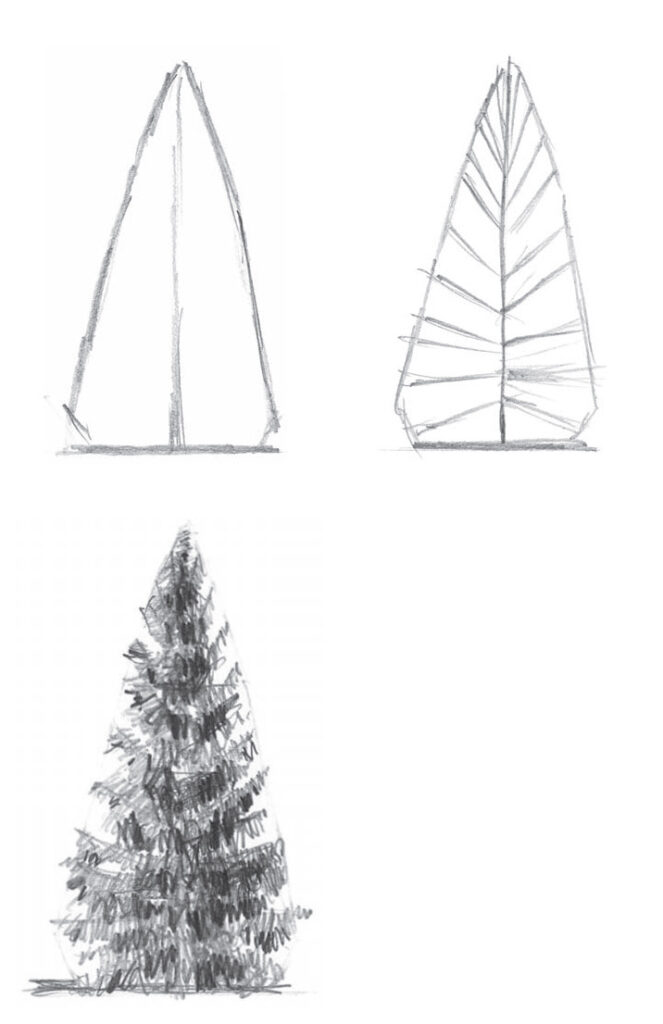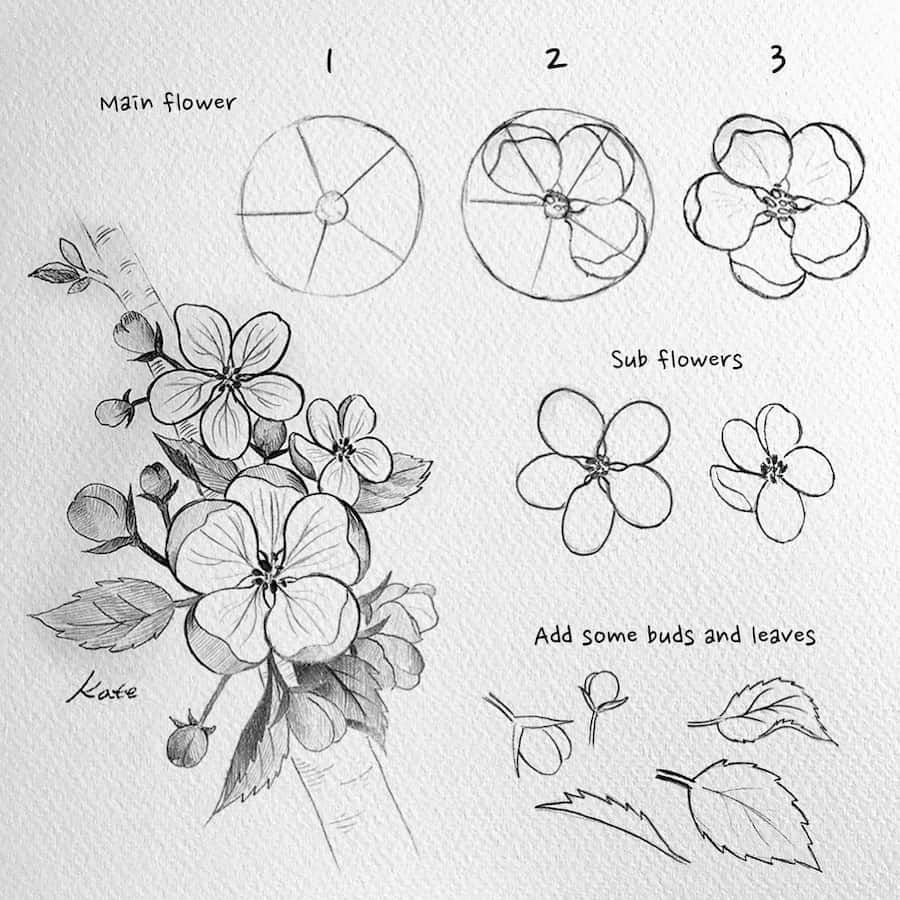Wanna perceive the world as an artist? Ask yourself, what’s one skill that you can develop to see things from an artist’s point of view? You guessed it right! Sharpen your observation and interpret what you perceive correctly.
We all live in the same world, but visual artists experience it quite differently.
In the course of my little career as a self-taught artist, nothing ever stood out to me like the way some fellow artists are powerful observers. Observation is literally one of the most challenging and important skills to master as an artist. And by observation, I mean, perceiving the world with your “feelings”. If you are unable to observe and feel subjects, scenery, as well as their nuances, chances are you suck at composition, color, and lighting, which contradict the qualities and being of an artist.
Luckily, observation is a skill that you can develop. The more you practice it, the sharper you become at observing shapes, details, hues, and overall patterns and proportions. In this blog post, I have gathered a couple of tips to help you improve your observation and maybe look at the world from an artist’s point of view:
This blog post contains affiliate links.
1-You were born with curiosity as a child, but your mind insists on making you a boring adult.
As grown-ups, whenever we are exposed to a visual representation or a real-life view, our minds will instantly start naming these things. It is because identifying what we see satisfies our desire to make sense of the world around us (this gives us the safety we crave as a species). However, when we see something that we can’t identify, we look at it from a whole different perspective. We would study its color, texture, shape, etc.. with that childish curiosity. And that’s what I call the artist’s POV.
That’s how artists mostly perceive the world around them, fewer labels, more fascination, and deeper observation.
2 -To perceive the world as an artist you need to Seek inspiration by default
Artists perceive the world with the impression of recreating what they see. So they consciously use their minds to search for visual cues that would trigger emotional responses within them. So the recreations (artworks) you see are the artist’s interpretations of many held emotional responses to objects and events they appreciated.
If you want to achieve that, I recommend you live passionately as an inspiration seeker by default. Turn your mind on and let it capture everything, because everything could be art material. Look for big-picture themes and patterns. Then look for nuances and subtle relationships between the patterns so you can move to details at last.
- A big-picture theme here means your impressions and feelings about the overall vibe of a scene or an object. This is directly related to your feelings.
- A nuance might be shadows, lights, or subtle color changes. This is mostly related to your senses.
- Details usually stand for the 7 elements of art. It’s at this stage that the process of recreation starts (linking mind, senses, and feelings). And you need to recreate because, although we are talking about the observation part of being an artist, artists are creators. And it’s the process of creation that internalizes what we observe.
Let’s say you’re willing to recreate a sunset. You know that the overall feeling of a sunset is warmth. So before you start stressing about where the sun should be, you should be internalizing how you feel about the sunset, the colors you’re feeling, and your impression of the scenery.

3- Some of it is genetics
I had to squeeze this in. Although I hate to admit it, artists perceive the world as an artist because it’s scientifically proven that the eyes and brains of an artist literally capture and interpret their observations in ways that are very different from non-artists. Visual artists tend to be more sensitive to the visual aspects of things around them.
Some of the world’s most famous visual artists suffered from all kinds of visual abnormalities like stereoblindness, color blindness (daltonism), and more. These literal differences in perspectives influenced their visual perception and the artwork that they produced, as their way of showing the world how they see through their own eyes. But no need to care about this if you weren’t born with it. Because I still believe that everything could be taught and developed through reading and research. Check out this article about some of the best books you can read as an artist.
4- Step back from your representational view of the world
If you are willing to perceive the world as an artist, quit your way of perceiving things for a while. Think big and simple. If you’re observing nature, trees are not trees; they are an arrangement of colors, shapes, lines, and patterns.
And if your goal is to paint a tree, you need to look at it as the closest form to the usual shapes we grew up with. For instance, this tree is simply a cone with some additional details.

This is a way of perceiving things that you can always follow if you’d like to improve your sketching (from imagination) skills as well.
Here’s another example:

So, if you follow this same strategy of observing nature and objects, you will develop that sense of artistic point of view.
5- Train your mind to take mental notes of the first impressions you get from your first glance at the subject.
If you are painting a natural scene or you’re into impressionism, when you first glance at any subject, take a mental note of your first impressions. Do you like it? Is it soft? Is it boring? These notes will end up forming the foundation of your painting. Robert Henri has a great section on this in his book, The Art Spirit. Here’s an extract:
“To start with a deep impression, the best, the most interesting, the deepest you can have of the model; to preserve this vision throughout the work; to see nothing else; to admit of no digression from it; choosing only from the model the signs of it; will lead to an organic work.” The Art Spirit, Page 17.
The point is to literally paint your own impression of the subject instead of getting lost in what you can visually spot.
6-Mindful observation is key to improving perception.
Yes, you will also see me writing about the importance of theory and practice and the byproducts of both, but you get the point. What I am saying is, that if you are willing to see the world as an artist does, you don’t necessarily need to have a brush in hand to improve. Visual nutrition matters the most, in my opinion. Some scrolling through social media could actually be helpful (some, not too much). A simple walk through the local park can provide powerful insights and revelations about painting if you observe closely.
You just need to train your eyes and mind to see the things that aren’t easily noticeable to everyone, and you can do that by following this plan:
- Visit the same spot at different times of the day and in different conditions. Observe the changes in color and light. And in the case of other subjects than nature, put your desired item next to different light sources: a candle, a bulb, or direct sunlight, and see how that affects its colors, imperfections, and shades.
- Take time analyzing and observing your subjects. What stops us from looking at things the way an artist does is that we rarely tone down the “noise” in our minds before moving to the act of drawing or painting. Doing a perfect artistic interpretation of nature wouldn’t be about looking alone; it would be about observing and feeling the whole thing through your senses.
- Practice painting with live and real-life subjects. Photos work great if that’s all you can use as a reference to practice, but the real challenge is adapting to and observing your subjects in person.
Conclusion
These were some points I could spot in the way artists perceive and feel the world around them. This way of observing life would help you improve your artistic vision and make associations with how you are willing to recreate or translate that.
Being an artist is beyond the skill, it’s a way of being and a lifestyle. And you can work your way to perceive the world as an artist.


Love this <3
Thank youuu